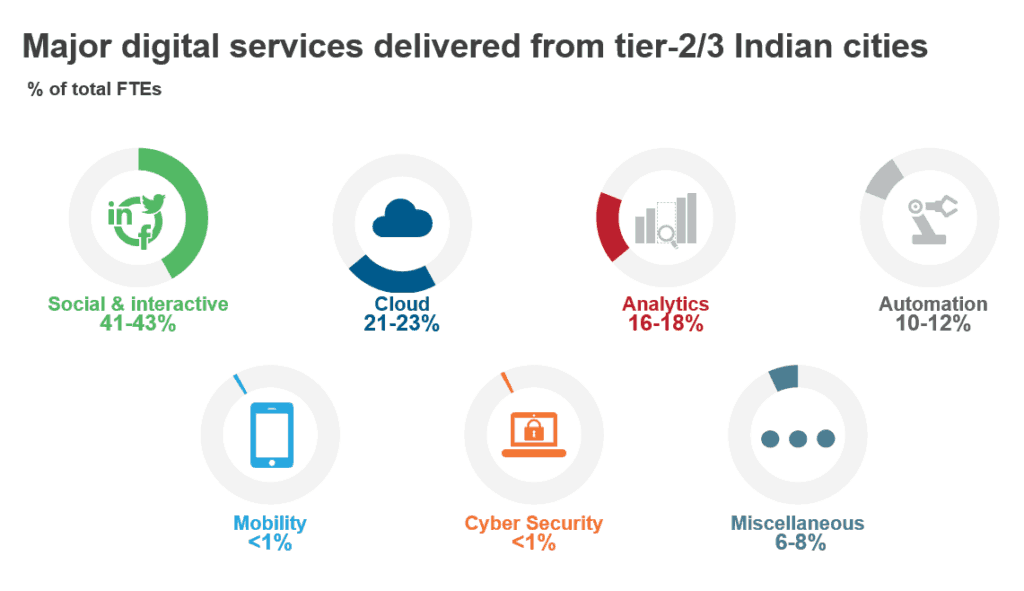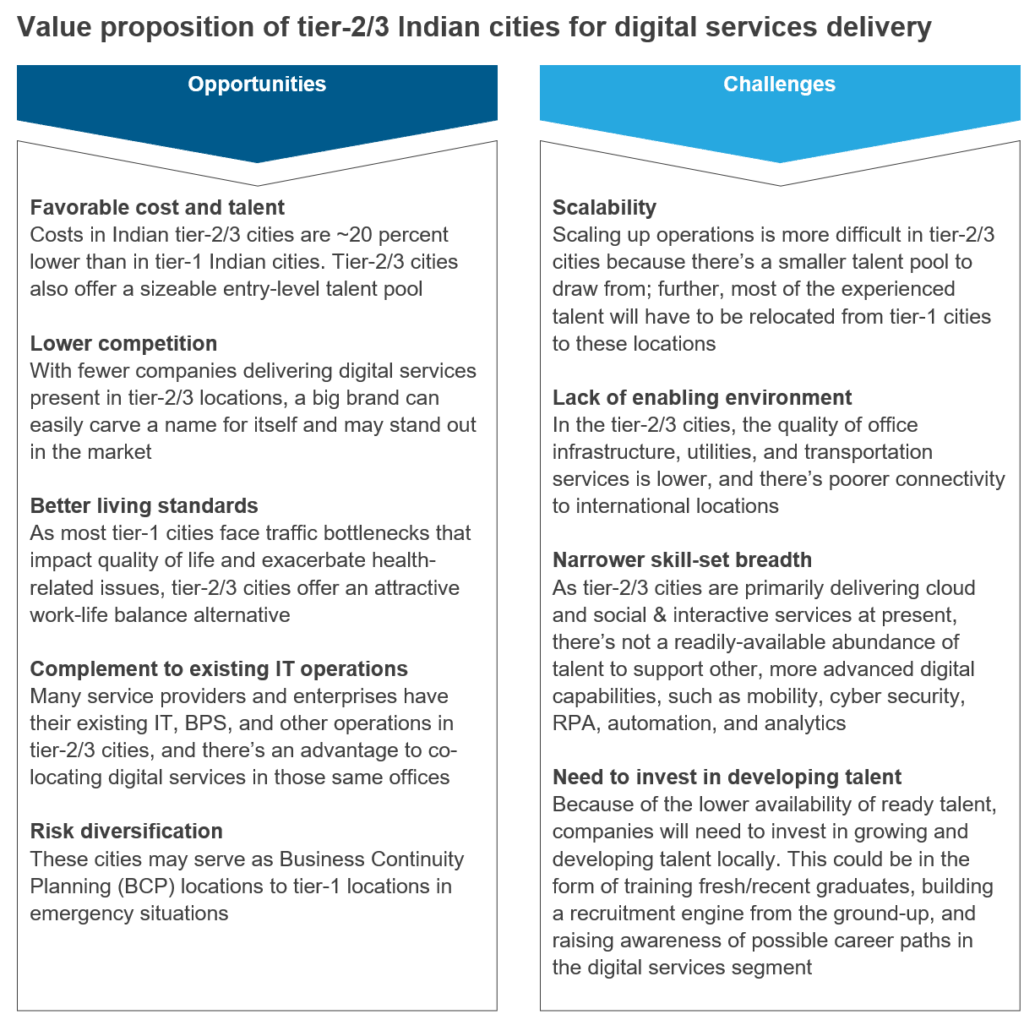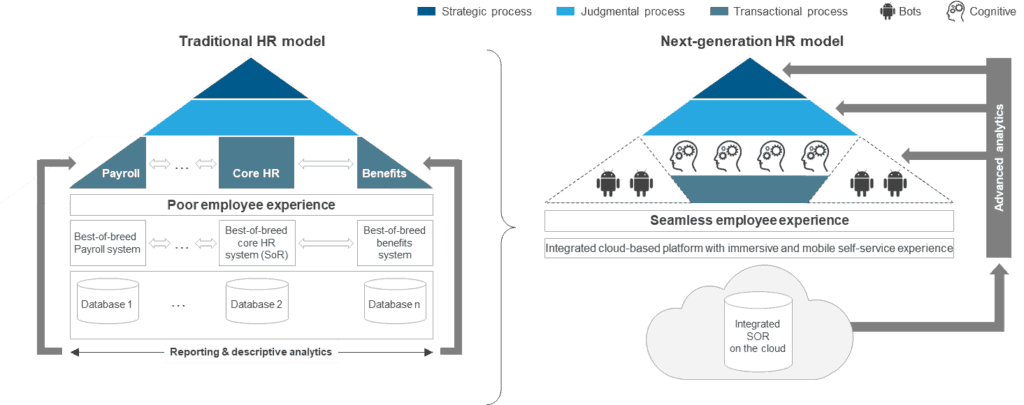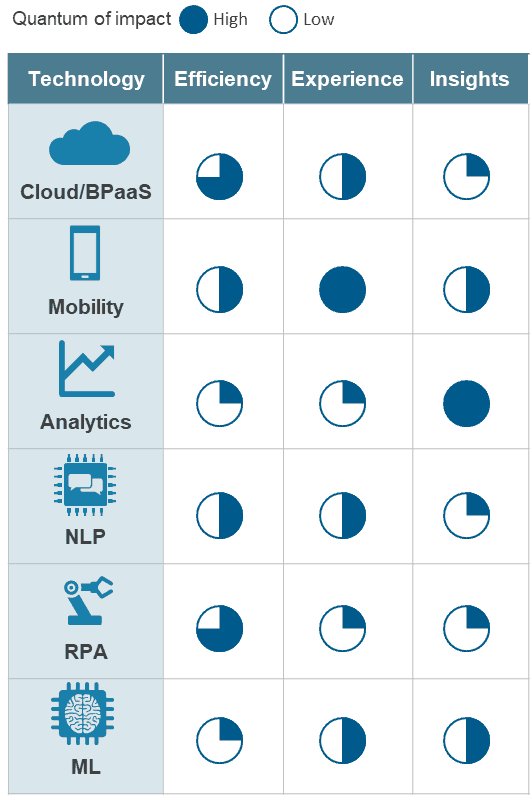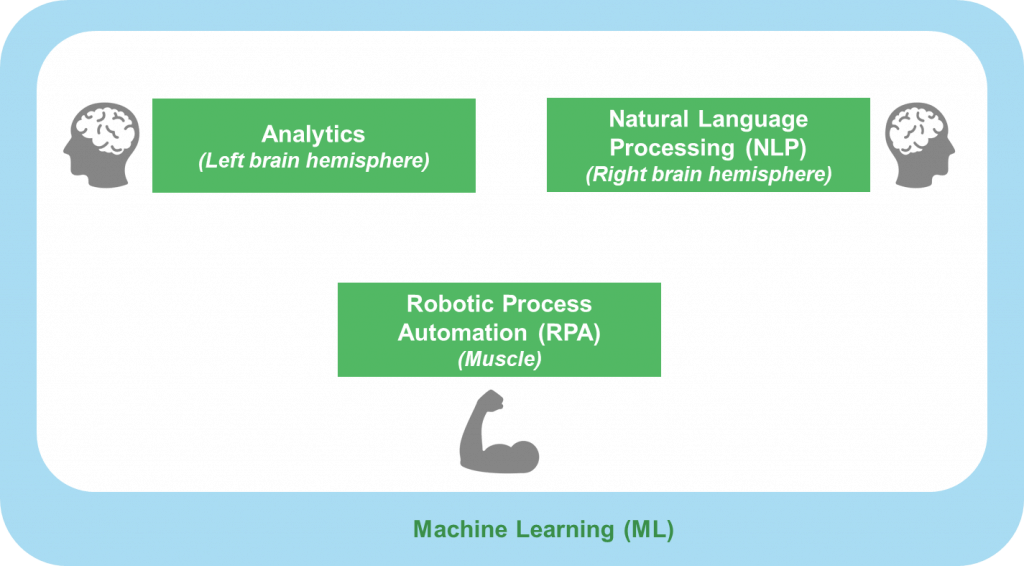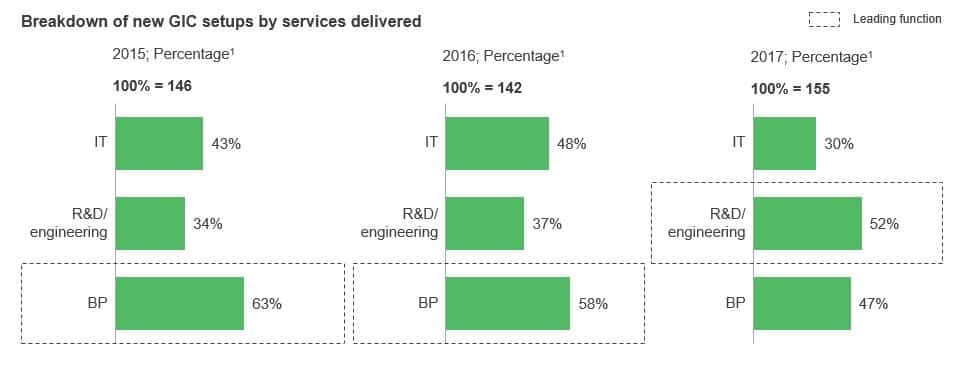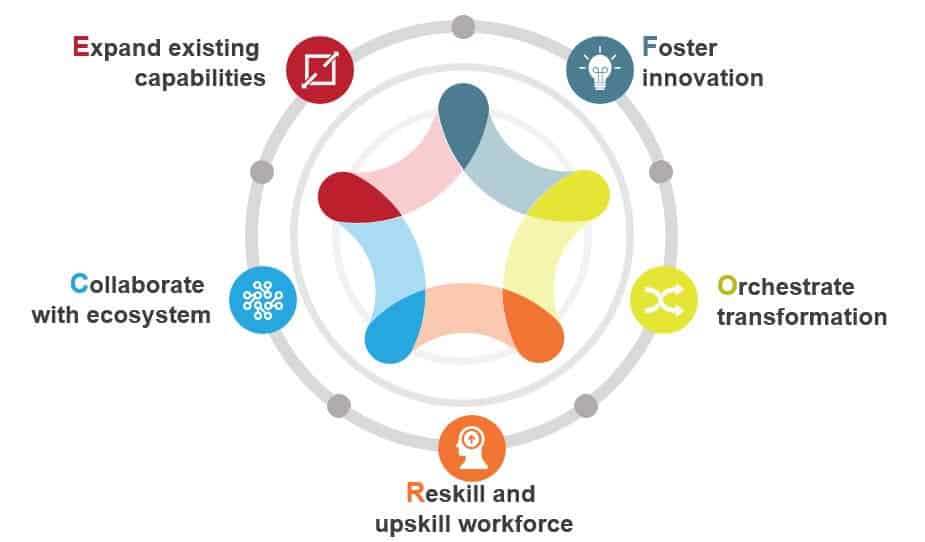February 25, 2019
When you think of payroll, the last thing that probably comes to mind is “flexibility.” For longer than anyone reading this blog can remember, payday has come on the same day(s) of the month for most employees. This puts a significant portion of the global workforce in a bind; they live paycheck to paycheck, and find it difficult to make ends meet, pay down debt, and save money.
However, in today’s world of increasingly instant gratification, those days could be ending.
Enter “On-demand Payroll,” an emerging area within payroll that gives employees the freedom to decide how and when they want to get paid, and provides them some level of safety should an unexpected expense pop up that wasn’t on their radar.
Benefits for Workers

Increase in flexibility: One of the key benefits is that it enables employees to choose their pay schedules and stay on top of their finances or react to sudden expenses.
“Payrolling” the gig-economy: With the world moving towards the gig-economy, an on-demand payroll system has the potential to overcome the limitations of the current payroll process for contingent workers and freelancers.
Financial wellness: This will help workers better plan and budget their expenses, preventing them from running into cash flow problems. Additionally, it will help them stay away from predatory lenders and payday loan products that can lead to added fees and greater financial burdens.
Expedited payroll for unexpected situations: In cases of missed payroll deadlines or an employee’s unexpected departure, an on-demand payroll framework can eliminate any delay and proceed with the payment instantly.
All this results in better employee engagement and satisfaction, leading to an overall increase in the employee experience.
Employers will also benefit. Given the strong link between financial stress and employee health, on-demand payroll will result in reduced absenteeism and increased employee productivity and retention.
On-demand Payroll Solution Ecosystem
Payroll service providers and FinTech companies are developing capabilities to support enterprises’ desire to move to on-demand payroll. For example, there’s been a rise in financial wellness platforms that help employees budget, plan, and track their expenditures and savings. And digital wallets and pay cards can serve as alternatives to banks by acting as vehicles for direct deposit and allowing payments for purchases, and can facilitate faster payroll payouts.
Two Most Common On-demand Payroll Scenarios
Earned wage payments –The employee uses the on-demand payroll platform to request payment for hours/shifts worked, choosing to receive the payment in a wallet, on a pay card, or into a selected bank account. The deduction is calculated into the employee’s regular cycle payroll payment, whether it was for the full or partial amount. For this to work effectively and seamlessly, the enterprise needs to have an integrated system that can access all the relevant information needed for payroll processing, such as work hours data, tax related information, and employee data.
Advance payments – The employee asks for a salary advance (the maximum amount may be limited by company policies.) Although this scenario does not require a sophisticated and integrated system, enterprises must carefully track these transactions to make sure they’re properly accounted for, and to avoid running into cash flow issues.
Questions to Consider
Just like all other innovative approaches, on-demand payroll also comes with its fair share of challenges. So, here are several questions you should ponder before making the move.
Will there be an impact on my enterprise’s cash flows?
While employers may embrace a heightened role in their employees’ financial wellness, changes in pay schedules can mean disruption to cash flow management and forecasting, as well as added administrative burdens.
Will this impact tax calculations and payments to the government?
Due to the personalized nature of payments, employees may be withdrawing cash during non-standard financial cycles. Enterprises need to take into consideration whether it will impact the various mandatory reporting mechanisms, government payments, and filings.
What commercial model should be employed when a platform is used?
The most appropriate commercial model will be jointly determined by the on-demand payroll platform provider and the enterprise. Points to factor into the decision include whether or not the employees will be charged for using the platform, and whether a bank must be involved in advance salary requests.
How will the system be implemented?
Enterprises will need to integrate the various components required for a seamless transition to the new system, including time and attendance, the payroll platform, etc. They must pay particular attention to how the relevant data will be accessed, processed, and reported.
On-demand payroll forms a crucial part of the broader concept of “Employee Experience Suites.” Our upcoming three-part research series will cover these, practical ways to improve the employee experience, and some of the startup trailblazers disrupting this area.
Is your enterprise planning to reimagine the payroll process? Have you successfully implemented on-demand payroll? We’d love to hear from you about your experiences, questions, and concerns. Please connect with us directly at:
[email protected] and [email protected].

